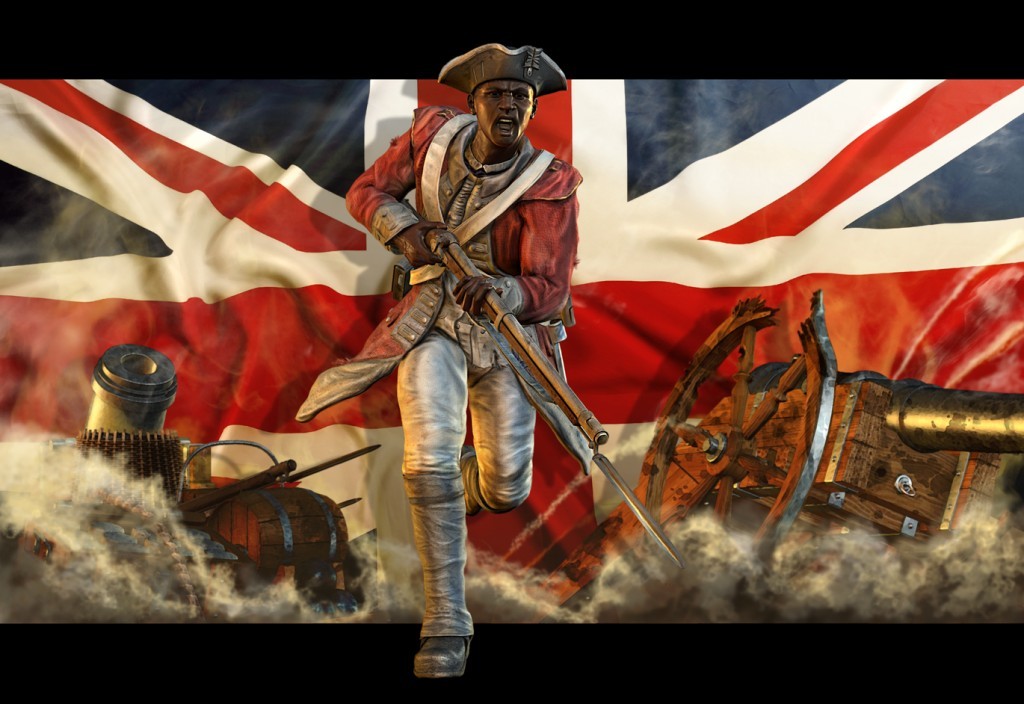Event: Presenter: JULIE WINCH, Lecture and
Booksigning: THE LIFE OF JAMES FORTEN
Julie Winch is professor of history at the University of Massachusetts-Boston, but hardly a stronger to Philadelphia. She has published three books on the history of Philadelphia’s African American community including: Philadelphia’s Black Elite: Activism, Accommodation, and the Struggle for Autonomy 1787-1848, The Elite of Our People, and A Gentleman of Color: The life of James Forten. James Forten was a free man in Revolutionary Era Philadelphia. He earned great wealth as a sailmaker and philanthropist and worked closely with Absolom Jones and Rev. Richard Allen in the anti-slavery movement. Winch notes that when James Forten died in 1842, five thousand mourners, black and white, turned out to honor a man who had earned the respect of society across the racial divide. This is the first serious biography of Forten, who stands beside Harriet Tubman, Frederick Douglass, Booker T. Washington and Martin Luther King, Jr. in the pantheon of African Americans who fundamentally shaped American history.
Date: March 26, 2008
Time: 5:00 – 6:30PM
Admission: $7.00
Disribution:circulated by Joe Becton, 3rd Regt USCT/1st Rhode Island Regt.




